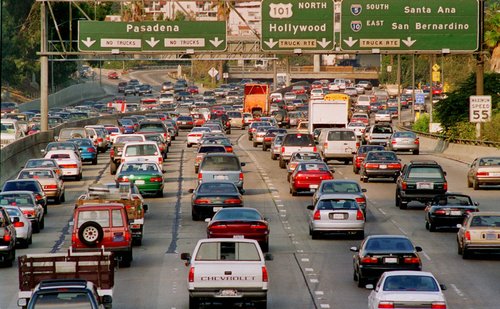The argument for decentralization states that road networks are very local and transportation needs are unique to every location. Engagement from state and local government allow for variation and effective modes of transit that meet the local needs. In addition, money generated within a state circulates more directly to its place of origin. Through referendums, state and local municipalities have found a way to generate the necessary funds to pay for projects.
Advocates for centralization focus on the importance of historical funding, and the necessary coordination for maintaining and creating infrastructure. In addition, there is a national interest in transportation, it is a basic service that some believe should be provided to everyone. A criticism about state and local funding is that it usually involves an increase in sales tax, which can be a backward approach. The backlash is that such projects have the potential to threaten transportation equity. These projects tend to maintain highways while leaving rail and public transportation with less funding and less importance. Federal involvement ensures that areas experiencing high rates of poverty will still receive the necessary money for its transportation needs.
Ideas of reform are addressed at the end of the article. Government funding is beneficial and much needed but a top down approach must change. The author uses Canada as an example where the state and local government take the lead on transportation projects with the help of federal money. Other ideas involve competitive funding and subsidies for successful projects. While the article tackles the issue of reducing central authority while increasing state engagement as well as maintaining roadways, it does not address social factors that contribute to current challenges.
There are many cultural beliefs that encourage Americans to drive cars instead of utilizing public transit; the conversation must incorporate an analysis of these attitudes in order to change to behaviors. Creating solutions involves acknowledging such behaviors that translate into costs and avoiding them. Instead of encouraging funding for freeways, both federal and local governments should provide competitive incentives for mass transit. Transportation equity needs to become a key player, a driving force that ensures the availability and stability of public mobility. The approach to transportation problems must include both social and political factors that shape the future of the United States’ mobility.
Student reviewer for this post was Yunemi Jang.

No comments:
Post a Comment
Note: Only a member of this blog may post a comment.